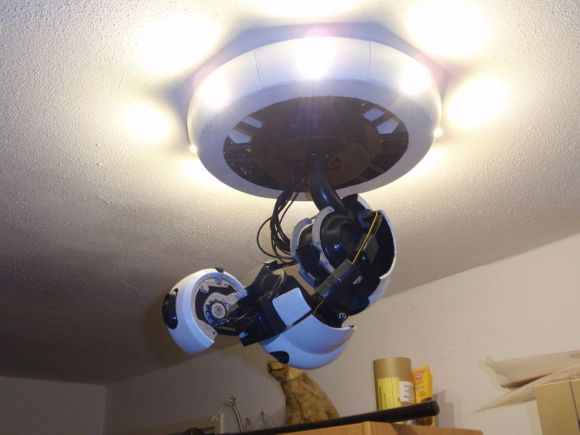On Friday, I announced we would upgrade our commenting system. It was tested over the weekend, and ultimately I have decided to go back to the wordpress system. Here are the reasons why:
1. Our old comments never got transitioned over.
The intenseDebate system says I can just click a single button and it will import our old posts into the new system. I did this Friday and the page never moved from 0%. I tried again Saturday night, with the 0% import still there this morning(Monday). Our old posts simply never imported. I don’t know if it was because our database of comments was so large (I doubt it) or what. I went to contact their support, but found them out for the weekend. That’s no big deal, but I wonder if the importer was a manual thing and no one was there to do it? If so, they should probably put a warning on the importer page.
2. It wasn’t failing gracefully.
I had many emails and comments saying that the comments were not showing when people were using script blockers, or certain android devices. The intenseDebate website claims that their system will show comments even if someone is using a script blocker. I did not personally test this, and frankly I don’t have to. Even if those people are mistaken or have peculiar setups, I simply can’t ignore complaints that our content isn’t even showing.
3. I couldn’t expand all replies by default, or maybe I’m an idiot.
I didn’t see an option anywhere to display all comment threads expanded by default. Maybe I just overlooked it. Maybe there’s some css trick to it. We HAVE to have our comments expanded. Often there is more useful information in the comments than the article itself. With replies nested you would have to go through and click every single thread just to see if there was anything useful. This is such an obvious feature that I’m convinced I just went stupid for a while and didn’t read the button that enabled it, surely they didn’t omit it.
For these 3 reasons, I removed it. Just like they said it would, it came out with no issue.




















